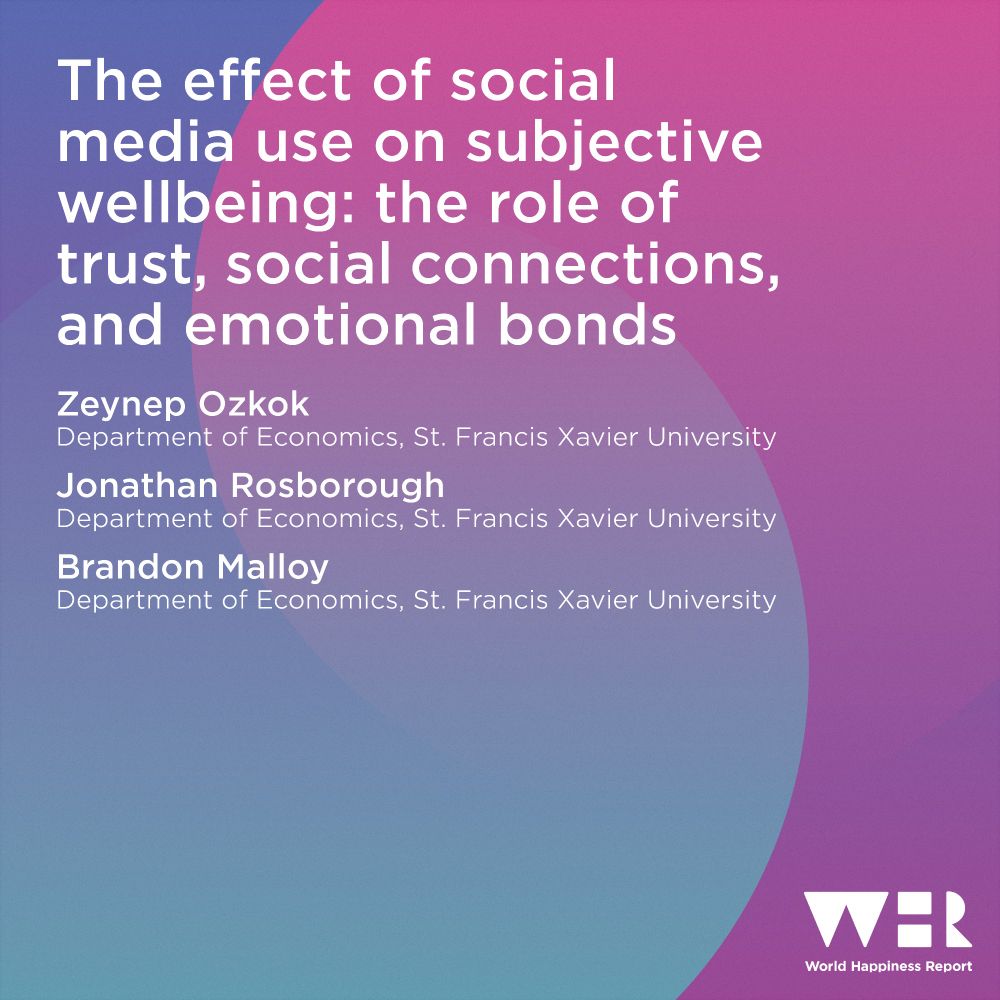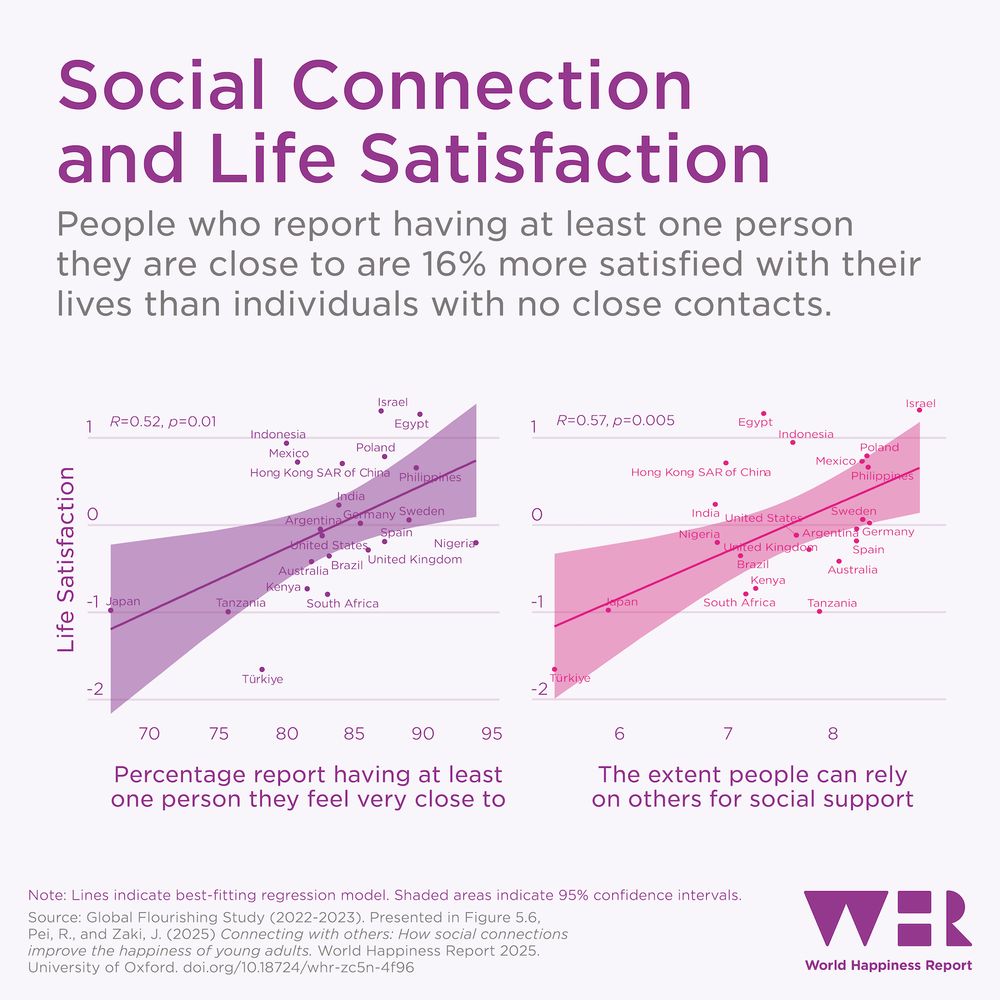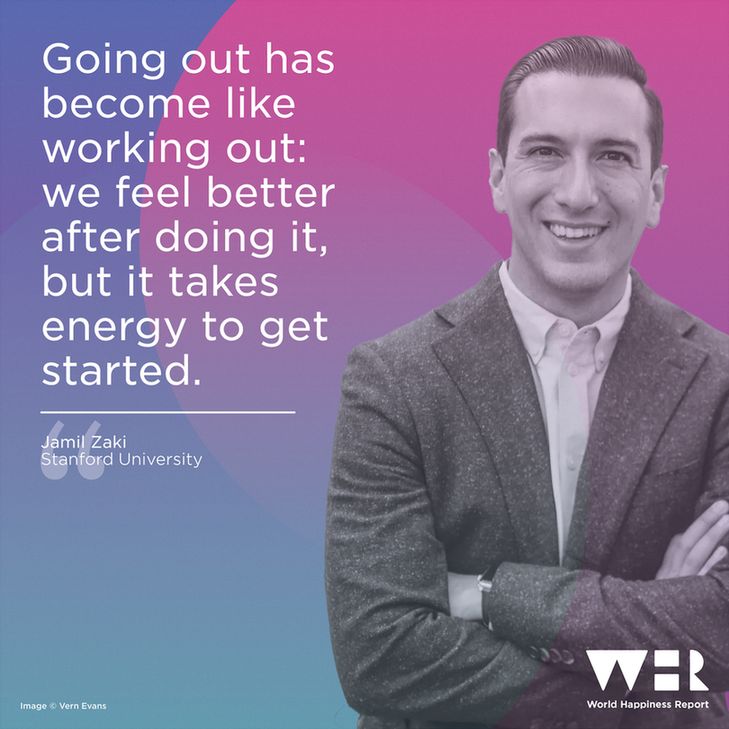World Happiness Report
@worldhappiness.report
100 followers
3 following
78 posts
The world’s foremost publication on global happiness: a partnership of Gallup, the Wellbeing Research Centre, and UN Sustainable Development Solutions Network.
Posts
Media
Videos
Starter Packs
Pinned
















![Image of Prof Lara B. Aknin, Editor of the World Happiness Report, alongside the quote: “Social connection […] might be one of the clearest paths to happiness, but sometimes we get in our own way.”](https://cdn.bsky.app/img/feed_thumbnail/plain/did:plc:p5itcp2k22ue4djaxuwduoru/bafkreigrpquufna3ldqdlv3yroqzl2ordx4jhvuoqmol3gu47w3l7766wq@jpeg)



















